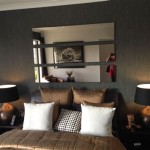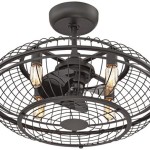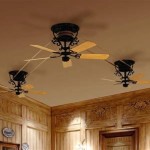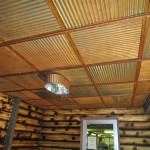How To Make False Ceiling In Sketchup
A false ceiling is a secondary ceiling that is installed beneath the main ceiling, creating a void between the two. False ceilings are often used to improve the aesthetics of a room, to hide electrical wiring and plumbing, or to improve the acoustics. They can also be used to create special effects, such as clouds or waves. In this tutorial, we will show you how to make a false ceiling in Sketchup.
Step 1: Create a new Sketchup model
Open Sketchup and create a new model. The model will be used to create the false ceiling. If you have an existing model that you want to add a false ceiling to, you can open that model instead.
Step 2: Draw the main ceiling
Draw the main ceiling using the Rectangle tool. The rectangle should be the same size as the room that you want to add the false ceiling to. To draw the rectangle, click on the Rectangle tool, then click on two points to define the length and width of the rectangle. Press Enter to finish drawing the rectangle.
Step 3: Draw the false ceiling
Draw the false ceiling using the Rectangle tool. The false ceiling should be smaller than the main ceiling, and it should be offset from the main ceiling by a small amount. To draw the false ceiling, click on the Rectangle tool, then click on two points to define the length and width of the rectangle. Press Enter to finish drawing the rectangle.
Step 4: Push/Pull the false ceiling
Use the Push/Pull tool to push/pull the false ceiling up from the main ceiling. To do this, click on the Push/Pull tool, then click on the false ceiling. Drag the mouse up to push/pull the false ceiling up. Press Enter to finish pushing/pulling the false ceiling.
Step 5: Add a material to the false ceiling
Add a material to the false ceiling to make it look more realistic. To do this, click on the Material tool, then click on the false ceiling. Select a material from the library, or create your own material. Click on the OK button to finish adding the material to the false ceiling.
Step 6: Add lighting to the room
Add lighting to the room to make the false ceiling look more realistic. To do this, click on the Light tool, then click on the ceiling. Select a light type from the library, or create your own light. Click on the OK button to finish adding the light to the room.
Step 7: Render the model
Render the model to see how the false ceiling looks. To do this, click on the Render menu, then click on the Render Image command. The model will be rendered using the current settings. You can change the rendering settings to improve the quality of the render.
Conclusion
In this tutorial, we showed you how to make a false ceiling in Sketchup. You can use these steps to create false ceilings in any room of your house. False ceilings can be a great way to improve the aesthetics of a room, to hide electrical wiring and plumbing, or to improve the acoustics. They can also be used to create special effects, such as clouds or waves.

How To Make False Ceiling In Sketchup V Ray

Sketchup Beginners False Ceiling Tutorial I How To Make In Jsdesign Ii

How To Make False Ceiling In Sketchup V Ray

19 How To Make False Ceiling In Sketchup Basic Model Hindi

How To Make Rectangular False Ceiling In Sketchup Vray

How To Make False Ceiling And Strip Light In Sketchup Vray Pixologic Interior

3 Ways To Make Pop Ceiling Lights I V Ray For Sketchup

How To Make False Ceiling In Sketchup V Ray

How To Make Rectangular False Ceiling In Sketchup Vray

False Ceiling In Sketchup Deepakverma Dp
Related Posts








